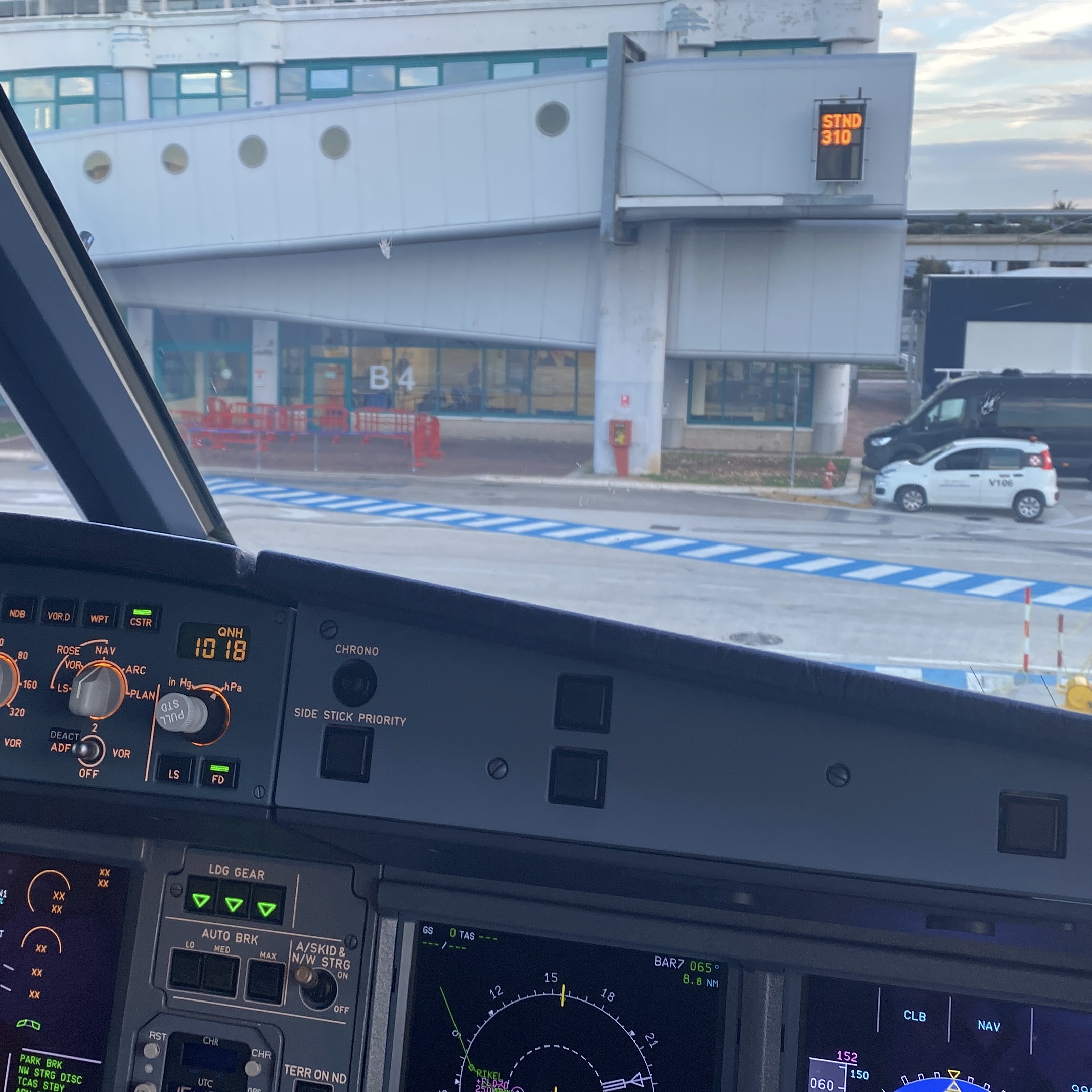How to become a pilot with little money
- The Modern Female Pilot
- Dec 29, 2023
- 3 min read
Updated: Jan 8, 2024
How can I become an airline pilot without robbing a bank? Before committing to any project, take some practical steps to get inspired about the actual costs of pilot training and financing options.

Decide which way to go: modular or integrated
This is the most important choice to make at the very beginning. Are you already working full-time in a career that can finance your pilot training? Then maybe is worth considering modular training, while maintaining your full-time employment. This gives you the flexibility of studying and flying whenever your time permits. A pay-as-you-go scheme is available without the need to commit to expensive training upfront. You have the flexibility to stop or pause your training whenever you desire and can restart at a later time. This allows you to focus on other activities as needed.
Undertaking this type of training requires a certain personality type and is best suited for independent individuals who enjoy setting their own goals and adhering to a strict schedule. While the flexibility of the program may seem appealing, it can also be a hindrance as it requires a great deal of motivation and ambition to restart studying or flying after long breaks. Taking long breaks at the beginning may also set you up for failure as it can lead to loss of muscle memory and complacency.
A fast and efficient training option for young individuals who have just graduated from high school is the integrated training program. The program spans over approximately 2 years and involves a group of ground and flight instructors who guide trainees from their first flight on a single-engine piston aircraft to obtaining a commercial pilot license. This license enables them to pursue a future jet orientation course and type rating. Additional benefits of this training program include:
full involvement in the training process (theoretical classes are usually held 8-9 hours a day, 5 days a week. Flight training is also intensive and dynamic)
not many breaks between study or flight phases, allowing individuals to build confidence and skills fast
being part of a class and a group that progresses at the same pace, setting you up for success
It is worth mentioning that this option is often more costly, as it also adds up the accommodation and living expenses, near the school of your choice.
Find another job to finance your training
Consider finding a job that can pay for your flight school training while you are pursuing it. A part-time job in the aviation industry, such as cabin crew, dispatcher, ticket agent, or aircraft engineer, can be beneficial for your pilot studies and may even provide career advantages in the future. These qualifications can also serve as a backup plan in case your pilot career needs to be paused for any reason.
Get financial support from friends and family
Having a supportive circle is important if you want to succeed in your training. Although you might not qualify for a bank loan by yourself, your family can provide you with the means of achieving your dreams. They would also appreciate that you have a serious career plan and can commit to it. Remember that a pilot career is usually financially rewarding, so explain all the benefits and risks to your loved ones to gain their support.
Get a loan from an airline or a bank
Airlines faced with the recent pilot shortage became very inclined to sponsor talented candidates. Nowadays, it is perfectly possible to have the training fully pre-paid by an airline, as long as you commit to working exclusively for them for a given period. This is extremely interesting for young inexperienced candidates, who are also seen offered their first airline jobs on the same occasion. A very important aspect to consider is that gaining all your licenses and ratings doesn't guarantee you a job, so ideally try to get it secured well in advance.
The other option would be a bank or student loan, as long as you qualify and are completely sure you will be able to reimburse it in the future. This is a risky option, but nothing should stop you from achieving your dreams.
In general, there are various ways to finance your flight training. It's important to carefully consider all options and choose the most cost-effective one that can set you up for success. Opting for an extremely expensive flight school can exhaust all your financial resources and hinder you from completing the training, while lesser-known flight schools may not be financially stable and unable to honor their obligations towards cadets.


Comments